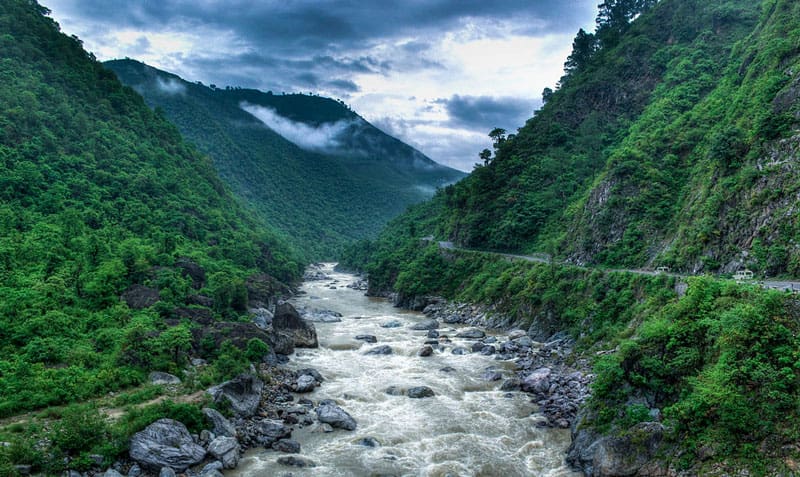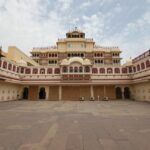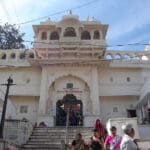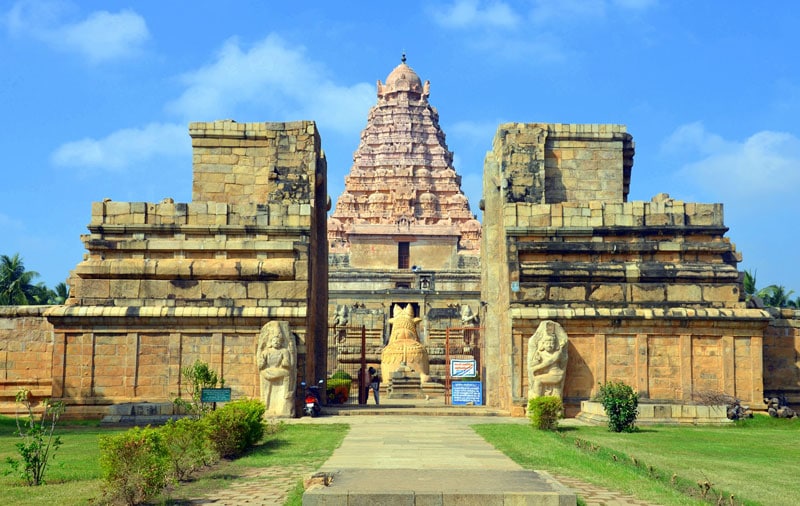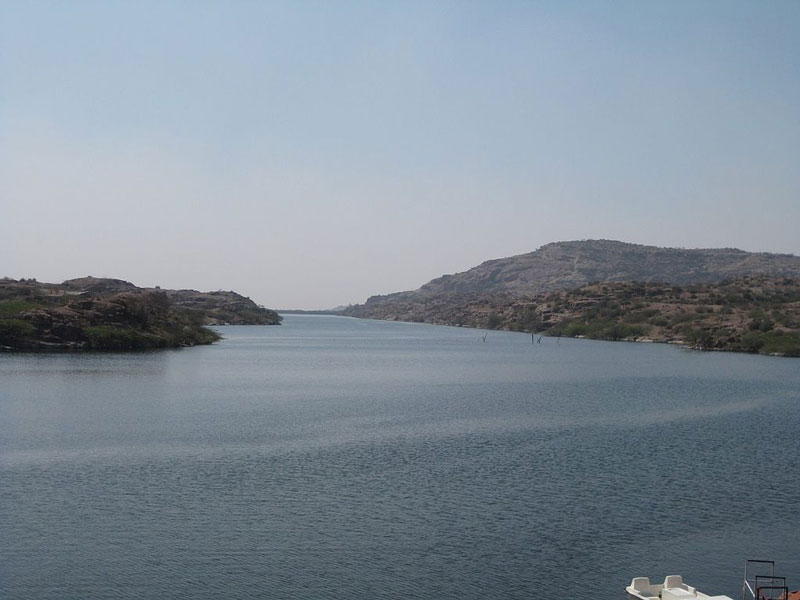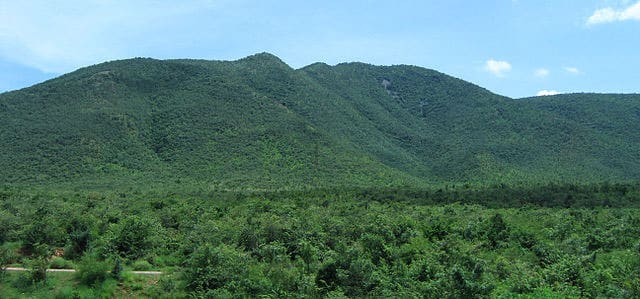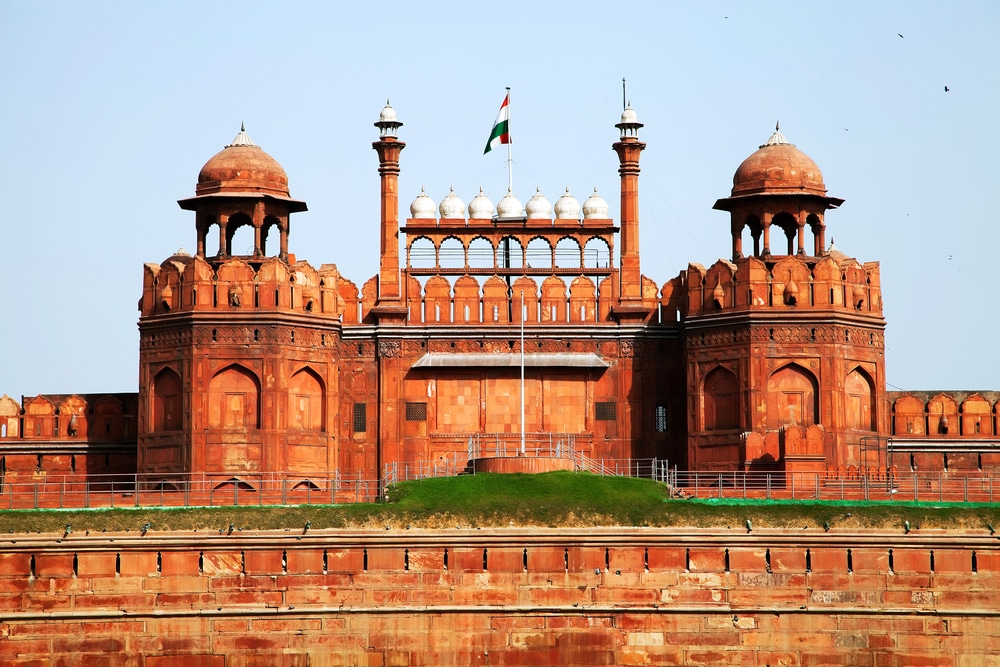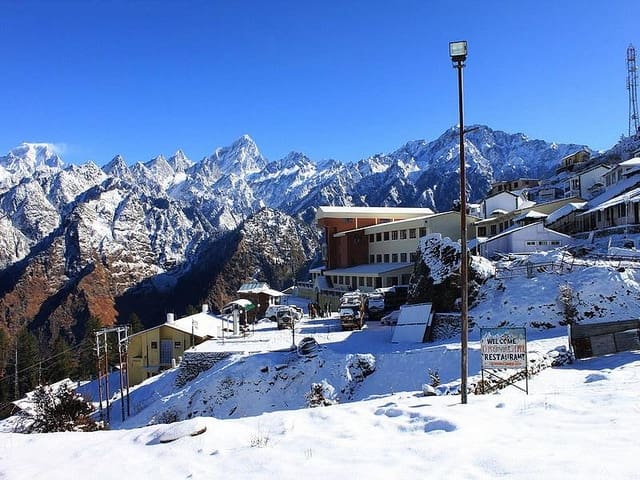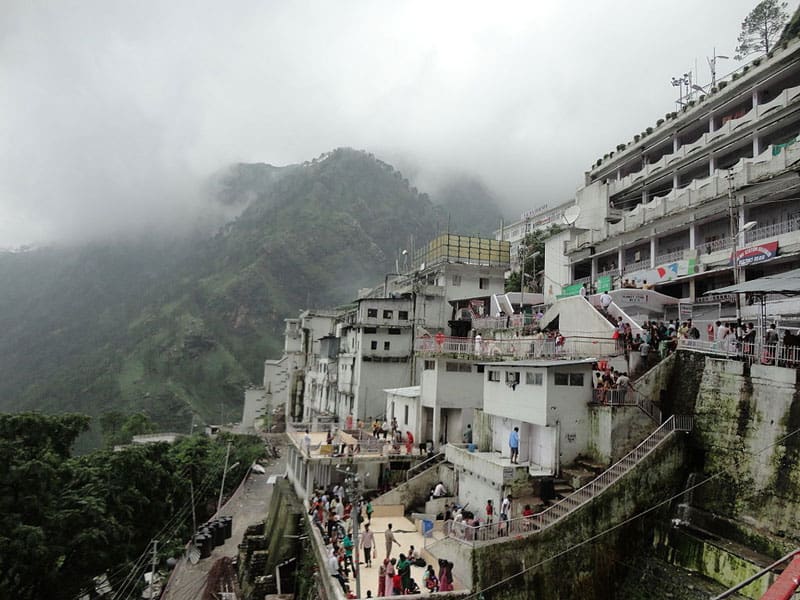Set against the enchanting backdrop of the Kumaon Himalayas, Martola, Almora invites nature lovers, explorers, and seekers of tranquility to a haven surrounded by lush forests, snow-capped peaks, and manicured gardens. Located just 10 kilometers from Almora town in Uttarakhand, India, Martola remains a pristine retreat renowned for its untouched beauty, local culture, and captivating landscapes. It is the quintessential destination for eco-tourism, offbeat travel, and immersive village experiences.
Martola’s Location and How to Reach
Perched at an altitude of 2,100 meters (6,890 feet), Martola is the gateway to a mesmerizing Himalayan escape. Reaching Martola begins with traveling to Almora, which is well connected by:
-
Road: Direct buses and private taxis from Delhi, Nainital, Haldwani, and Kathgodam.
-
Rail: The nearest major railway station is at Kathgodam. From here, a scenic 90 km drive threads through verdant valleys to Almora and Martola.
-
Air: Pantnagar Airport is the closest, approximately 120 km away, connecting with regular flights from Delhi.
Once in Almora, visitors can hire local taxis or choose an invigorating walk from Panuwanaula through thick forests and quaint Kumaoni hamlets to Martola.
Historical and Cultural Echoes of Martola
Martola’s history is intricately woven with the Kumaon region’s ancient traditions. Once cherished as a summer resort by the Chand dynasty’s kings, the area still echoes with the stories of yesteryear, reflected in the local temples, folk customs, and the lifestyle of indigenous villagers. The village personifies Kumaoni culture through its architecture, musical heritage, vibrant festivals, and the warmth of its people.
The Breathtaking Natural Beauty of Martola
A tapestry of dense pine, deodar, and fir forests stretches across Martola, offering panoramic views of the magnificent Himalayan ranges, including Nanda Devi, Trishul, and Panchachuli. The region’s scenic grandeur is evident in every direction—from flower-dappled meadows to sunlit gardens and mist-laced mountain ridges.
The tranquility is occasionally punctuated by melodic bird calls, the whisper of mountain breezes, and the rustle of forest leaves. Martola is especially noted for its well-manicured gardens, lush terraced farmlands, and a climate that remains pleasant year-round—welcoming travelers in every season.
Why Martola is a Paradise for Nature Lovers
-
Picturesque Views: Sweeping vistas of snow-covered Himalayan peaks at sunrise and sunset captivate artists and photographers.
-
Verdant Forests: Ancient woodlands carpeted with moss and wildflowers provide endless opportunities for forest bathing, meditative walks, and wildlife spotting.
-
Manicured Gardens: Boasting botanic elegance, Martola’s gardens were once considered so enchanting that foreign settlers chose to make Martola their permanent home.
-
Peaceful Ambience: Far from city bustle, Martola’s serenity soothes the soul, attracting authors, thinkers, and peace-seekers.
Top Attractions and Things to Do in Martola, Almora
1. Martola Village Walks
Strolling through Martola reveals a tableau of traditional Kumaoni homes, smiling villagers, and glimpses into authentic rural life. The village walk is a must to experience local customs and eco-friendly living.
2. Nature Trails and Trekking
Martola is the starting point for several scenic trekking routes, which wind through pine forests, terraced fields, and flowery valleys. Treks range from gentle walks to moderate hikes, perfect for families and adventure seekers alike.
3. Bird Watching and Photography
The forests are alive with Himalayan birdlife, from vibrant sunbirds and thrushes to majestic eagles. Early mornings are ideal for nature photography and bird watching.
4. Picnicking in Paradise
Locals and visitors alike cherish Martola as a favorite picnic spot, where you can spread a blanket under flowering trees and soak in panoramic Himalayan views.
5. Yoga, Meditation, and Wellness
The secluded glades and meadows of Martola foster spiritual and physical wellness. Yoga retreats, meditation sessions, and mindful forest walks are increasingly popular for visitors seeking holistic rejuvenation.
6. Temples and Spiritual Sites
Martola’s small temple, dedicated to a local deity, provides insight into the region’s spiritual practices. Nearby Almora boasts famous shrines like Nanda Devi and Katarmal Sun Temple.
7. Exploring Nearby Attractions
Martola’s location makes it the perfect base to explore Uttarakhand’s cultural and natural gems:
-
Simtola: Another idyllic meadow, only 5 km from Almora, perfect for camping.
-
Kasar Devi: Famous for its temple and magnetic energy fields, a favorite among spiritual seekers.
-
Katarmal Sun Temple: An architectural marvel of the 9th century, just a short drive away.
The Best Time to Visit Martola
Martola enjoys a temperate climate all year:
-
Spring (March–June): Lush greens, blooming flowers, and mild weather for trekking.
-
Monsoon (July–September): Dramatic rains cloak the forests in a fresh, vibrant green, ideal for seasoned travelers.
-
Autumn-Winter (October–February): Crisp air, crystal-clear mountain views, and occasional snow, making the landscape magical.
Traditional Kumaoni Cuisine and Local Delights
Visiting Martola is also a culinary adventure. Sample unique dishes prepared with regional grains, pulses, and mountain herbs:
-
Bhatt ki Churkani: A black soybean curry, rich and wholesome.
-
Aloo ke Gutke: Spicy, pan-fried potatoes with local herbs.
-
Gahat ki Dal: Iron-rich lentils, slow-cooked with aromatic spices.
-
Singori: A sweet treat made with khoya (milk solids) and wrapped in local leaves.
Most guesthouses and homestays offer homemade meals, ensuring a truly immersive Kumaoni gastronomic experience.
Staying in Martola: Accommodation Options
Martola preserves its unspoiled charm by providing a handful of cozy homestays and guesthouses. These family-run establishments offer comfortable lodging, local cuisine, and insightful stories about the area. Visiting travelers often remark that the hospitality and warmth of Martola’s hosts are unparalleled.
For those seeking additional amenities, luxury resorts and boutique hotels are abundant in nearby Almora and Kasar Devi, offering everything from yoga retreats to wildlife safaris.
Festivals and Fairs in Martola and Almora
The cultural calendar is rich with events, reflecting the spiritual vitality and tradition of the region. Nanda Devi Festival, Dwarahat Fair, and Uttarayani Festival fill the air with music, folk dance, and a sense of communal joy. Participating in local festivals offers unforgettable glimpses into Kumaoni heritage.
Responsible Tourism: Preserving Martola’s Beauty
We advocate for responsible and sustainable tourism in Martola, Almora:
-
Always respect local culture and customs.
-
Avoid littering and use eco-friendly products.
-
Minimize noise and disturbance to wildlife.
-
Support local artisans by purchasing authentic handicrafts.
By embracing sustainable practices, we ensure that Martola’s pristine landscapes and welcoming communities remain vibrant for generations to come.
Wildlife and Flora: The Untouched Splendor of Martola
Martola sits amidst an ecological wonderland, with forests teeming with flora and fauna:
-
Trees: Pine, oak, deodar, and rhododendron dominate the landscape.
-
Wildlife: Deer, wild boar, Himalayan langurs, and occasional leopards may be spotted by quiet observers.
-
Birds: Himalayan woodpeckers, laughing thrushes, and pheasants.
-
Floral species: In spring and early summer, wild orchids and primulas carpet the meadows.
Nature walks often reveal rare and medicinal plant species treasured by locals for generations.
Picture-Perfect Martola: A Photographer’s Dream
The ever-changing light over Martola’s peaks and valleys creates unforgettable moments for landscape and wildlife photographers. Golden sunrise filtering through the mist, dramatic cloud shadows over snow-capped summits, and bursts of wildflowers all contribute to a portfolio of breathtaking images.
Martola for Wellness, Yoga, and Spirituality
Martola’s tranquil vibe and pure mountain air make it a holistic sanctuary, attracting yoga practitioners, writers, and seekers from around the world. From sunrise meditation in sunlit meadows to sound-bathing in ancient groves, the environment encourages inner exploration and healing.
Nearby Villages and Day Trips from Martola
Kasar Devi: Renowned for its spiritual energy and bohemian community, just a short drive away.
Binsar Wildlife Sanctuary: Offers a stunning array of trails, lookout points, and biodiversity.
Jageshwar: Famed for its ancient temple complex, blending nature, history, and spirituality.
Shopping and Kumaoni Handicrafts in Almora
After enjoying nature in Martola, explore Almora’s bustling bazaars:
-
Angora woolen wear
-
Handwoven shawls and carpets
-
Traditional copperware
-
Organic honey and herbal teas
Purchasing local crafts supports village economies and sustains age-old Kumaoni skills.
Martola: A Magical Experience in Every Season
Martola, Almora, enchants visitors throughout the year, whether swathed in the vibrant green of spring and summer or gently adorned with winter snow. The region unfurls fresh wonders in each season, rewarding repeat visitors with new scents, sights, and stories.
Travel Tips for Visiting Martola
-
Pack Layers: Weather can shift rapidly in the mountains.
-
Essentials: Carry reusable water bottles, sunblock, and insect repellent.
-
Respect Locals: Seek permission before photographing people or religious sites.
-
Advance Bookings: Homestay capacity is limited, so plan ahead during peak season.
-
Eco-Awareness: Choose biodegradable products and support green initiatives.
Frequently Asked Questions (FAQs) About Martola, Almora
-
Where is Martola located?
-
Martola is 10 km from Almora town in Uttarakhand, India, nestled in the Kumaon Himalayas.
-
-
What is Martola famous for?
-
Martola is famous for its natural beauty, forests, manicured gardens, mountain views, and peaceful village life.
-
-
How do I reach Martola?
-
Travel to Almora by road, rail, or air, then take a local taxi or enjoy a brisk walk from Panuwanaula.
-
-
Is Martola safe for solo travelers?
-
Yes, Martola is considered very safe, with friendly locals and a quiet atmosphere.
-
-
Which is the best time to visit Martola?
-
March to June and October to February, for pleasant weather and clear views.
-
-
What are the main activities in Martola?
-
Nature walks, trekking, bird watching, picnics, photography, and wellness retreats.
-
-
Are there good accommodations in Martola?
-
Yes, mainly cozy homestays and guesthouses. More options in Almora.
-
-
Can I see snow in Martola?
-
Occasionally in peak winter months (December–February).
-
-
Is Martola suitable for families?
-
Absolutely. It’s quiet, safe, and ideal for picnics and gentle hikes.
-
-
What food can I try in Martola?
-
Traditional Kumaoni dishes like Bhatt ki Churkani, Aloo ke Gutke, and Singori.
-
-
Are there ATMs or medical facilities in Martola?
-
Basic needs are met, but more extensive services are available in Almora town.
-
-
Can I camp in Martola?
-
Yes, the surroundings are perfect for campers with the right permits.
-
-
What should I pack for Martola?
-
Warm layers, rain gear (monsoon), sturdy shoes, and eco-friendly toiletries.
-
-
What languages are spoken in Martola?
-
Kumaoni and Hindi are common, but basic English is understood in hospitality.
-
-
Is Wi-Fi available in Martola?
-
Availability is limited; most stays focus on digital detox and connecting with nature.
-


